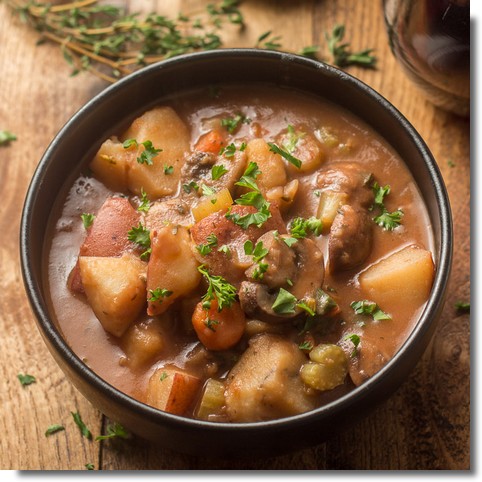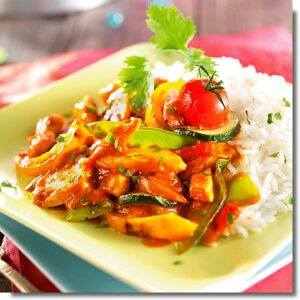“Flemish stew is a comfort dish,” says chef and culinary expert Pieter Declercq, formerly of national TV station VTM Koken and now owner of Food Studio Coeur De Boef . “Every household has its own recipe. You make it in a big pot and put it on the table. It’s inexpensive and easy. And you make it with beer, which is probably one of the reasons it’s so popular.
Declercq is right: stews are the ultimate comfort food: meat and vegetables cooked slowly at low temperature in a liquid and served in the resulting sauce. Stews are rich in fiber and protein and easy to prepare, often offering a nostalgic or sentimental value given their link to family life.
Stews have been around since ancient man first learned to cook over an open fire. Cultures the world over have their own stews, adapted to their particular culinary context. Amazonian tribes used turtle shells to slowly cook the animal’s entrails in hot water. Irish stews put lamb and mutton center stage. French beef stew with Burgundy wine to create boeuf bourguignon. Russians use sour cream and call it Stroganoff. For Hungary, read paprika and goulash. And to create their Flemish stew, the Belgians use the foodstuff they’re best known for: beer.
Flemish stew – Stoverij – should not be confused with other stew-type dishes that have their origins in Flanders. Waterzooi , for example, is a stew most associated with the city of Ghent (Gentse Waterzooi ), often made with fish or chicken. Vlaamse Hutsepot (“hutsen” means shaking the pan during slow cooking) is a stew based on oxtail, shoulder of mutton, salted bacon and vegetables such as carrots, parsnips, onions, leeks and celery, all served whole.
These other stews are delicious, and in their particular corners of Flanders enjoy displays of real pride, but have neither the cultural cachet nor the national notoriety of Stoverij, the Flemish carbonnade and its beer sauce. Indeed, few of these alternatives have overcome the socio-cultural and linguistic divides that separate Flanders from Wallonia in the manner of Stoverij, the Flemish carbonnade, making it perhaps one of the few shared national icons of Belgian identity on a par with French fries, the national soccer team, and a large and unnecessary bureaucracy. 


